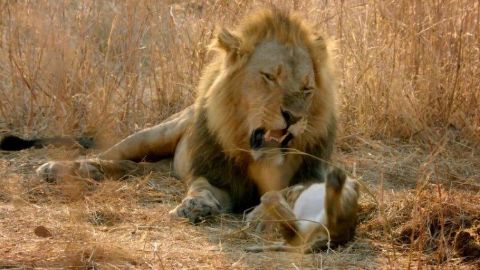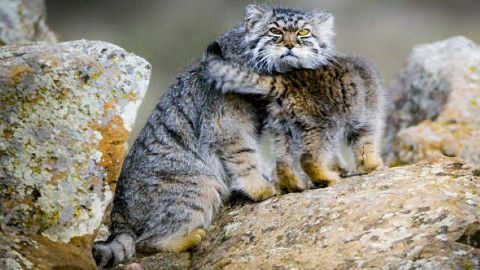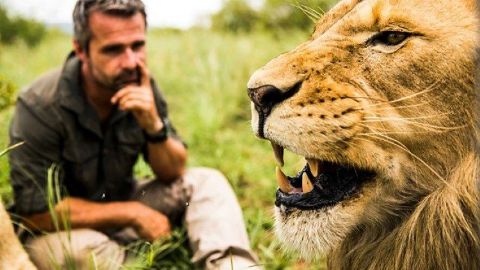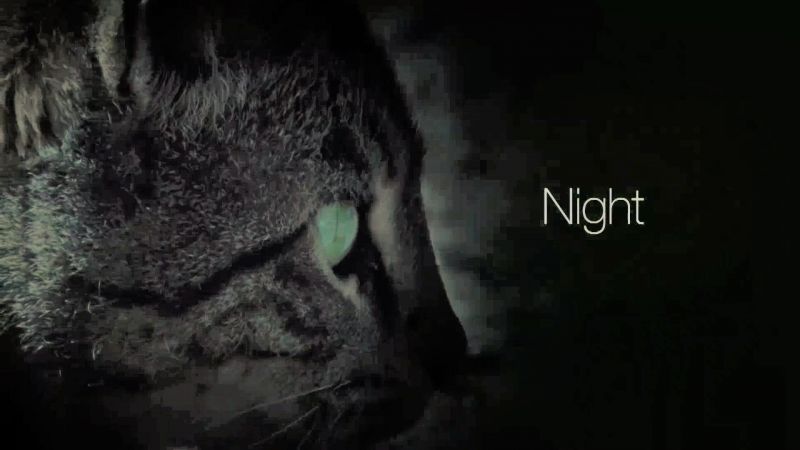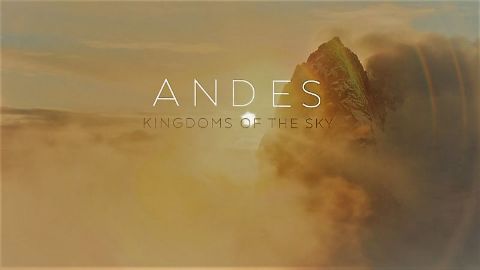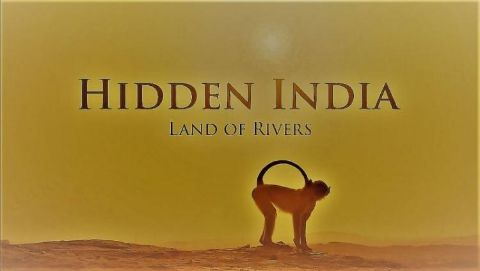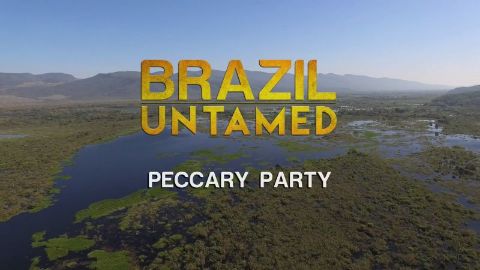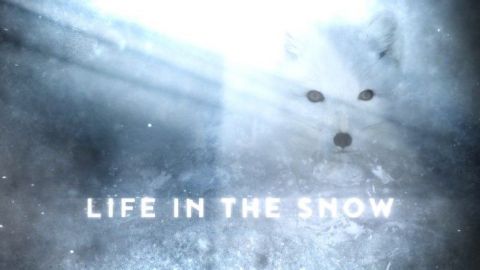Episode 3 • 2018 • episode "S1E3" • Big Cats
This new age of discovery is revealing there is still so much to learn about the cat family. Using high-tech collars, Professor Alan Wilson has discovered it is not straight-line speed that is a cheetah's greatest weapon but their ability to break, change direction and accelerate. His research is rewriting what we understand about the fastest animal on land. This is also a crucial time for cat conservation - most are threatened, facing extreme habitat loss and conflict with humans. Yet there are many positive stories of cats bouncing back from the brink,
Make a donation
Buy a brother a hot coffee? Or a cold beer?
Hope you're finding these documentaries fascinating and eye-opening. It's just me, working hard behind the scenes to bring you this enriching content.
Running and maintaining a website like this takes time and resources. That's why I'm reaching out to you. If you appreciate what I do and would like to support my efforts, would you consider "buying me a coffee"?
Donation addresses
BTC: bc1q8ldskxh4x9qnddhcrgcun8rtvddeldm2a07r2v
ETH: 0x5CCAAA1afc5c5D814129d99277dDb5A979672116
With your donation through , you can show your appreciation and help me keep this project going. Every contribution, no matter how small, makes a significant impact. It goes directly towards covering server costs.
